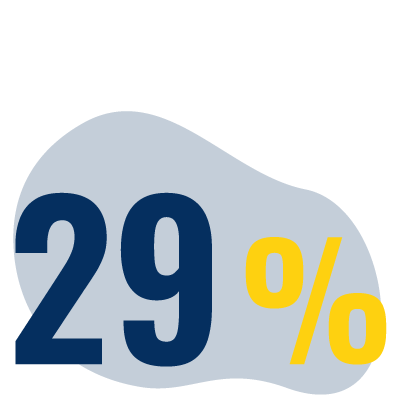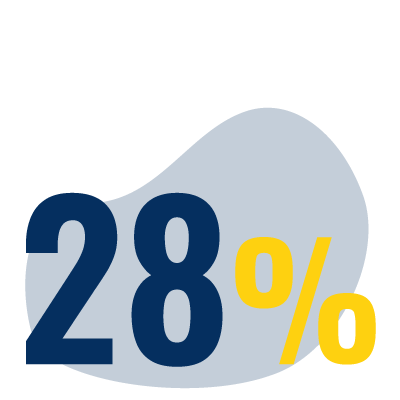YOUTH HOMELESSNESS IN CANADA
For thousands of young people across Canada, homelessness is a reality they face every day. As numbers have grown, we’ve seen the results: increasing rates of school drop-out, family breakdown, involvement in crime, and street entrenchment. And there’s no indication the situation is getting any better.

YOUTH HOMELESSNESS BY THE NUMBERS
Youth make up one of the largest demographics of the homeless population in Canada.

of homeless people in Canada are between the ages of 13-25

young people experience homelessness every night

young people experience homelessness over the course of the year

of homeless youth identify as LGBTQ2S

identified as Indigenous

identified as members of racialized communities
WE BELIEVE THAT IT IS POSSIBLE AND IMPERATIVE TO PREVENT AND END YOUTH HOMELESSNESS IN CANADA
All young people have the right, both fundamental and legal, to live free from homelessness and with access to safe, affordable, adequate housing. These rights are upheld by international human rights treaties that have been ratified by the Canadian government. It is our duty as Canadian citizens, communities, and orders of government up ensure that young people are able to fully realize their economic, social, civil and political rights, with freedom from discrimination and a right to equality.
This does not mean that there will never be young people faced with a crisis and in-need of emergency supports or temporary housing. Often, youth must leave home due to family conflict and violence, eviction or other emergencies, as well as those who simply face challenges when transitioning into independent living.
Ending youth homelessness means eliminating broad social factors that keep young people in an ongoing state of homelessness, which is in violation of their rights. Prevention and early intervention strategies that help young people avert or exit homelessness as quickly as possible are essential in avoiding lifelong consequences, including chronic adult homelessness.
WHY WE NEED TO DO THIS
Youth homelessness doesn’t need to happen, and shouldn’t happen in a caring and prosperous society.
Experiencing homelessness and becoming entrenched over time can result in a number of long-term consequences:
- Increased risk of exploitation, violence, victimization, physical and sexual abuse.
- Greater involvement with the police and the justice system.
- Disengagement from school and difficulty getting a job.
- Mental health problems and addictions, because life on the streets is inherently stressful.
- Difficulty exiting the streets and moving forward with one’s life (many chronically homeless adults today first experienced homelessness when they were young).

